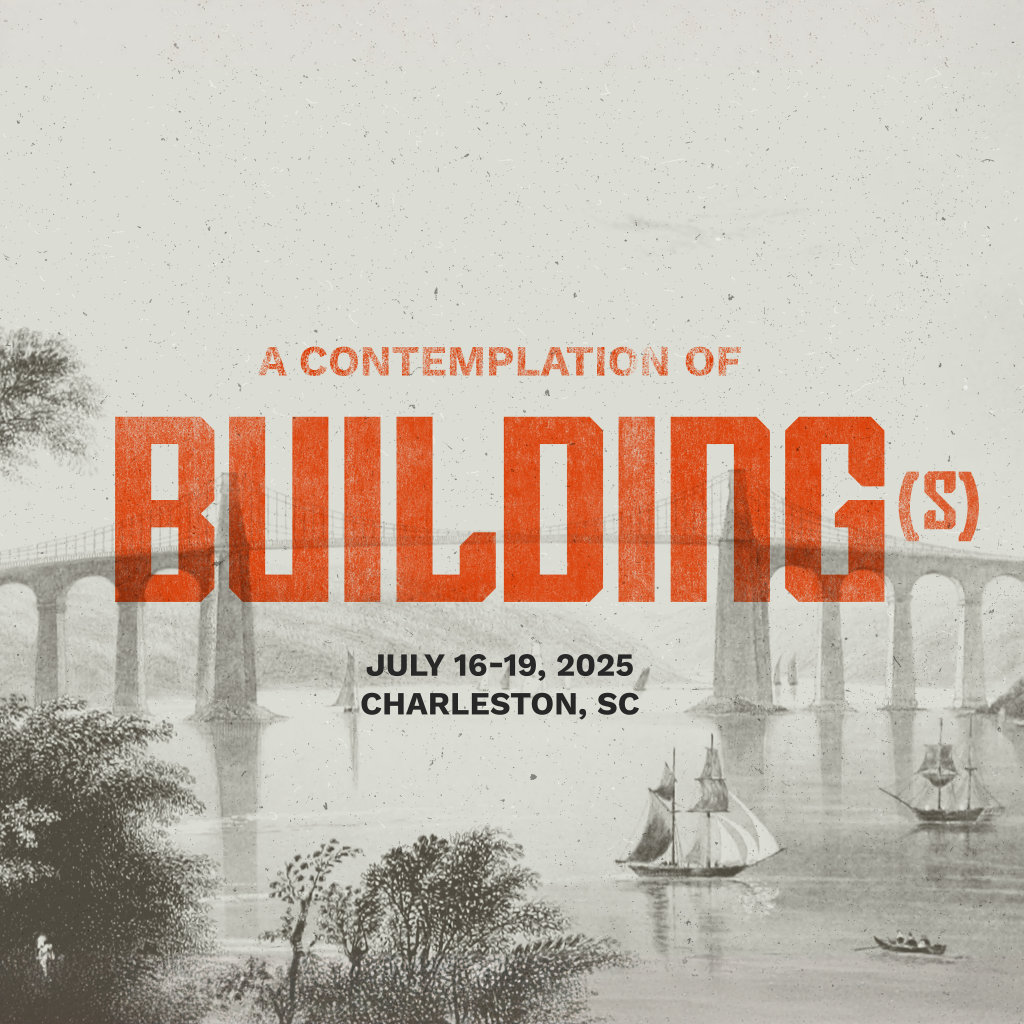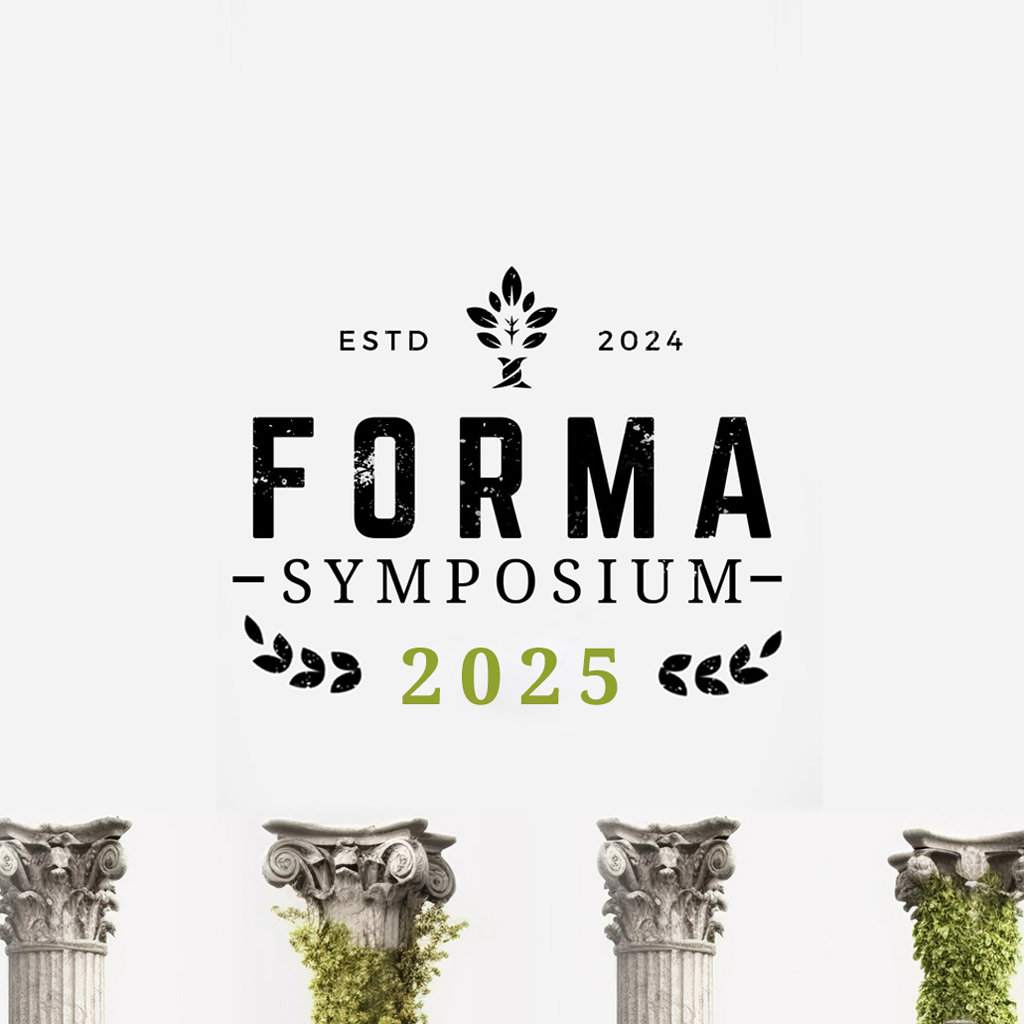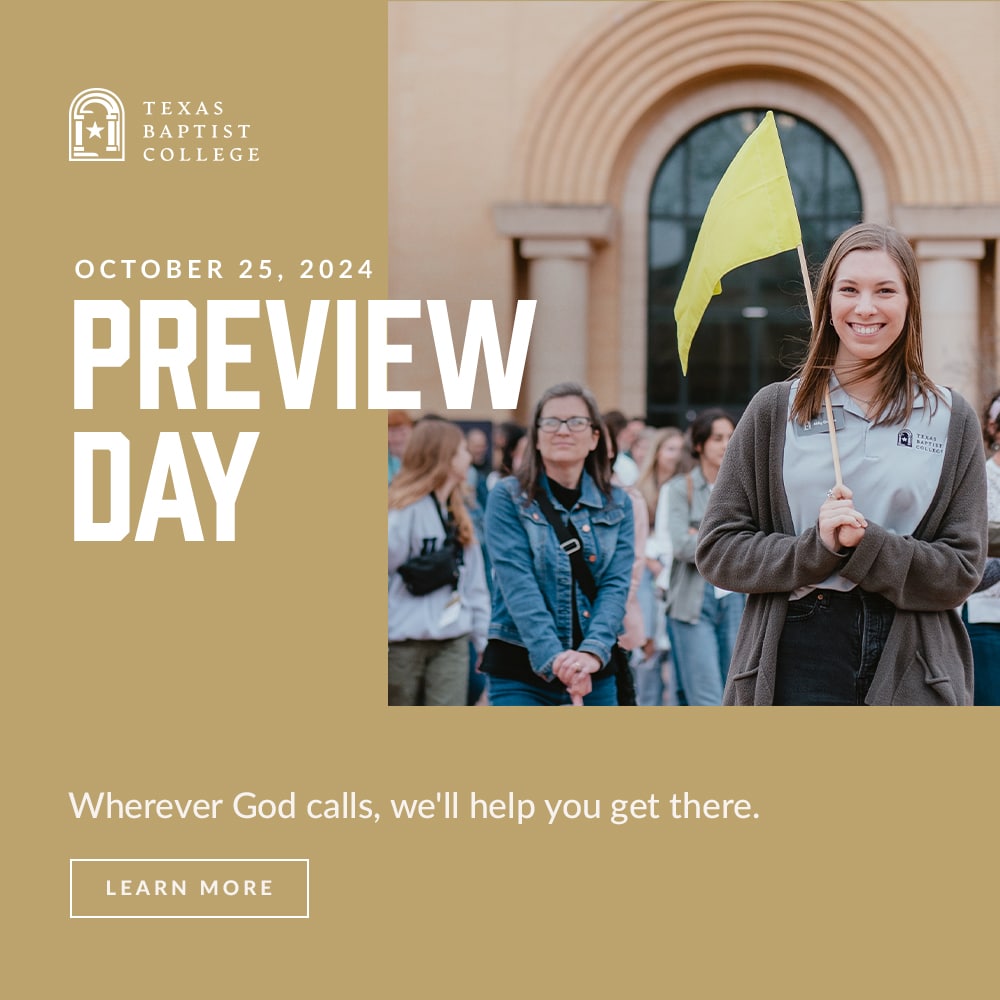The Mimetic Form

The Mimetic Form embraces a particular movement of departure and return. When we model our instruction and learning on this form, we are imitating a pattern God has embedded within the nature of the physical world, the pattern by which he reveals himself to us, and the pattern according to which he has fashioned our souls. This mimetic (imitative) movement always proceeds from, and returns to, the center. The center we may call a logos, and as long as the movement remains joined to the logos it assumes a logos-centric form. The Mimetic Form is, therefore, logocentric. A few types will help make this clear.
The mature oak tree is both majestic and enduring. It stands as a firmly rooted logos that produces a peculiar fruit, the acorn. In the fall, as the oak sheds its leaves, the acorn initiates its descent from the tree (logos) to the ground burrowing under the earth. The buried acorn germinates taking root in the soil and, come spring, breaks through the surface embarking upon its ascent. At first, it looks nothing like the parent tree, the logos. But slowly over time it continues its ascent and grows to resemble the oak from which it came. Finally, it finds its rest when it, like the parent oak, generates an acorn that will one day depart from its branches. The acorn, we may say, has come to imitate the logos.
Growing a family and raising children follows the same pattern as the acorn and the oak. The logos of the family is represented by the father and the mother. They generate and bear children who eventually go out from the family. The end, however, is not to depart but to imitate the parents (logos). From the start, the child literally proceeds or descends from the mother. In fact, we sometimes refer to children as our descendants. As they grow and mature, they slowly and gradually become like their parents. This latter part of the journey is an ascent, a return to the logos. The children, we may say, imitate the logos when they mature into men and women who, like their parents, generate and bear children within a new logos, a new family.
Again, we see the same pattern in the Gospels. Jesus calls his disciples to follow him while he teaches them the gospel of the kingdom before sending them out to proclaim that which they have learned. St. Matthew beautifully captures this in chapters 4-10. Notice how it begins with Jesus calling discipulos, those who learn (discere), by saying “follow me.” They leave what they are doing to follow Christ (descent). Then, when “He [Jesus] saw the multitudes, he went up on the mountain; and after he sat down, his disciples came to him. And opening his mouth he began to teach them, saying, . . .” It is not insignificant that the disciples ascend a mountain to hear the words of the Lord. Moses also ascended a mountain to hear the words of YHWH. After Jesus finishes the sermon on the mount, he and his disciples descend to the multitudes where Jesus performs a number of miracles through chapters 8 and 9. Now that the disciples have seen and heard numerous types of the Logos, Jesus sends them out (descent) that they may imitate him (ascent). The entirety of this movement has been Logos-centric, a continual proceeding from and returning to the divine Logos.
I briefly alluded to the importance of a mountain in the previous paragraph. Here again we can see the proceeding and returning, or descending and ascending movement that occurs within the Mimetic Form. The top of the mountain occupies the physical center from which and to which everything moves. In the ancient near eastern world, a mountain symbolized the joining of heaven and earth. The base of the mountain touches the earth while the heavens make contact at the top of the mountain. This is why a temple, the home of a god, was built on top of a mountain. Beginning in Exodus 19, God descends onto the top of Mt. Sinai and calls Moses to ascend that he may record the words of YHWH. Moses then descends from the center, the top of the mountain, to teach the people “concerning His ways” and that they “may walk in His paths” (Is. 2:3). In other words, Moses descends from the center, the Logos, to teach the people through types (the law and the temple) of the Logos so that they may imitate and draw near to the Logos (ascend).
The temple, which symbolically represents a mountain, contains a center to which and from which everything in the camp moves. YHWH resides in the center, the holy of holies, which represents the top of a mountain. The people who reside in the camp around the temple complex or wilderness tabernacle abide at the base of the mountain. The priests who move to and from the center continually ascend and descend as the mediators between YHWH and the people. Thus, we see a mimetic movement oriented towards the center inhabited by the divine Logos. The pattern of the temple illustrates for us the nature, purpose, and form of mimetic movement.
How does this relate to the classroom?
Every lesson contains a logos. Whether this logos is information, an idea, or a skill it comprises that which the teacher aims to lead the student towards. Though not just to see it, but to embody it in some way, to imitate it. Christ calls his disciples to follow him that they may become like him. They are called to imitate Christ, the divine Logos. As Christ the Logos first goes out into the world to call and invite disciples to follow him so the teacher invites students to gaze upon and wonder at a logos that has descended from the unknown to a position in which it can be known. Before fully seeing the logos, the student attends to types that embody the logos and so point to the logos. The goal is not the type, but the logos embodied by the type. Once the student perceives and apprehends the logos, the ascent begins. The student’s movement toward the logos proceeds by way of imitation, that is, as the student is able to embody the logos.
This Mimetic Form moves from descent to ascent. The logos descends until apprehended by the student, who begins the ascent back to the logos by imitation. Teaching and learning that follow this movement rest within a form that is logocentric instilling within the student a love that proceeds from admiration to imitation of the Logos.
Buck Holler
Buck Holler is a former horse trainer and rodeo cowboy from Red Bluff, CA. Retiring from the rodeo circuit, Buck headed to New England to study theology and languages at Gordon-Conwell Theological Seminary in 2001. Since then he has worked as an educator and administrator in CA, New York City, and eastern NC. Buck first joined The CiRCE Institute as an apprentice in 2007, became a head mentor for the East Coast III apprenticeship in 2017, began the Latin Apprenticeship in 2019, and now serves in Concord, NC as CiRCE’s director of consulting.











1 thought on “The Mimetic Form”
This is a timely article because I have been need to do a little cosmic mountain climbing for a lesson I will be prepping in the next few months, and I wanted to revisit these ideas. However, my current lesson considers the mimetic form as circular, with the logos in the center–logocentric. I like both images.